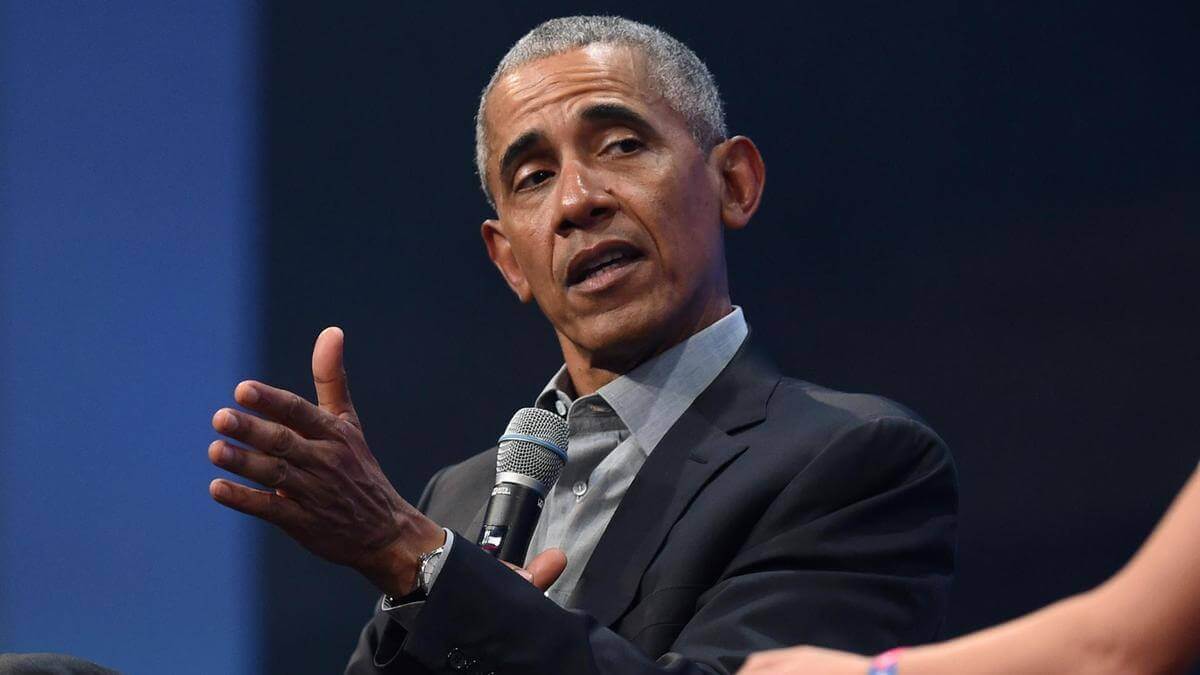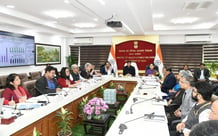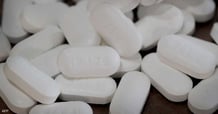Leading countries nervously joined in the search for a panacea for the coronavirus, which infected 60 million and killed 1.5 million people in the world. The rich and powerful also cry – they get sick and die, and very often no money and power can help them. Everyone is waiting for the super vaccine.
At the moment, according to The Guardian, there is only one proven drug that reduces mortality from COVID-19: dexamethasone. This widely available steroid has been used safely for decades and may increase the chances of ventilated patients with COVID-19. But it is not a panacea and is not designed for patients who do not receive oxygen. You need to be realistic about the expectations of repurposing drugs that have been developed for other diseases (out of hopelessness, doctors have to sort out options).
The antiviral remdesivir allegedly helped speed up the recovery of critically ill patients by reducing treatment by an average of four days. But the other day, the WHO announced its exclusion from the list of recommended – studies have not confirmed its effectiveness. But this was the same “miracle cure” for covid that even the US president used.
Research has also put an end to hydroxychloroquine, another Donald Trump’s toy. Now the outgoing president is pinning his hopes on the Regeneron antibody cocktail, which has yet to undergo clinical trials. Vaccines? But we need to look at things realistically: by themselves, they are only part of the fight against coronavirus. It is important, according to the English The Guardian, to understand: life can return to normal only through a system of clinically proven therapies, tests, and vaccines, sustainable health structures for their application, and public trust.
The enormous demand for scientific discoveries in pharmacology during a pandemic could lead to breakthroughs in various fields of medicine, although not immediately. Leading Centers are investing huge amounts of money in research on an unprecedented scale. “The German biotechnology concern CureVac is developing a vaccine and is collaborating with Tesla’s daughter Ilona Mask to create an RNA printer,” writes the Swiss Neue Zurcher Zeitung. CureVac is polishing its coronavirus vaccine in the same way that was invented at the Russian Gamaleya Institute. The option with a safe carrier of different signs of viruses is the most promising. Just how to put it on stream and what is an RNA printer for? If Tesla gets a mini-plant the size of an SUV, stamping vaccines and antibodies according to specified criteria, humanity will receive a universal weapon for future epidemics, the publication assures.
Rich countries, representing 13% of the world’s population, have already bought 51% of the promised doses of promising vaccines for COVID-19, Oxfam warned on the day of the meeting of the G20 health ministers. It found that the same companies simply do not have the capacity to produce enough vaccines for everyone who needs them. Even in the highly unlikely event that all five vaccines are successful, 61% of the world’s population will not have access to them until at least 2022. More likely, some of them will not work, leaving most of humanity unprotected.
The US administration allocated 456 million dollars to the development of a vaccine against the coronavirus of Johnson & Johnson, Moderna received 486 million, 1.2 billion were given to AstraZeneca, which works in conjunction with the University of Oxford. Merck and Pfizer are also developing a vaccine in the United States. In total, the administration has invested 12 billion in these projects. Developed countries do not hesitate to contract all vaccine products at the root.
The European Commission has officially announced six contracts for the pre-order of vaccines from Western pharmaceutical giants. As a result, the EU will seize almost 2 billion doses, although the population of all EU countries is less than 450 million people.
The UK has been able to secure deals for the purchase of the vaccine at five doses per capita. In contrast, Oxfam reports that Bangladesh has only secured one dose for nine souls. That is why Putin’s statements at the G20 about his readiness to transfer our Sputnik-V vaccine to all countries in need were greeted by the third world with hope, and the West with suspicion.
The Washington Post concludes that “Russia and China are increasing their influence on the world stage thanks to the creation of their own vaccines against the new coronavirus and their readiness to provide them to other countries, while the United States is losing ground, as it is focused on creating reserves for itself.” “There are two approaches in the new field of vaccine diplomacy: accumulate or share. The first approach is adopted by America, which speaks of the United States’ self-removal from the international arena under the Trump administration. ”
And further: “An example of a different approach is China and Russia, which rushed to share government-backed vaccines with countries competing for their stocks, thus placing themselves in a position to expand their political and economic interests in the process.”
And we will return to the question from Balabanov’s film: “What is the strength, brother?” The Guardian analyzed the hopes of the mighty of this world to be the first to get a magic cure for the deadly virus and came to the conclusion: COVID-19 affects everyone in different ways, and it can only be defeated by all together: “We all want to get a universal medicine, but it is not embodied in the only drug. Nor can we expect to escape the global crisis if treatment, tests, or vaccines are not available to the most vulnerable countries and people. Therefore, we still have a long way to go. ”
You can’t argue with that.












